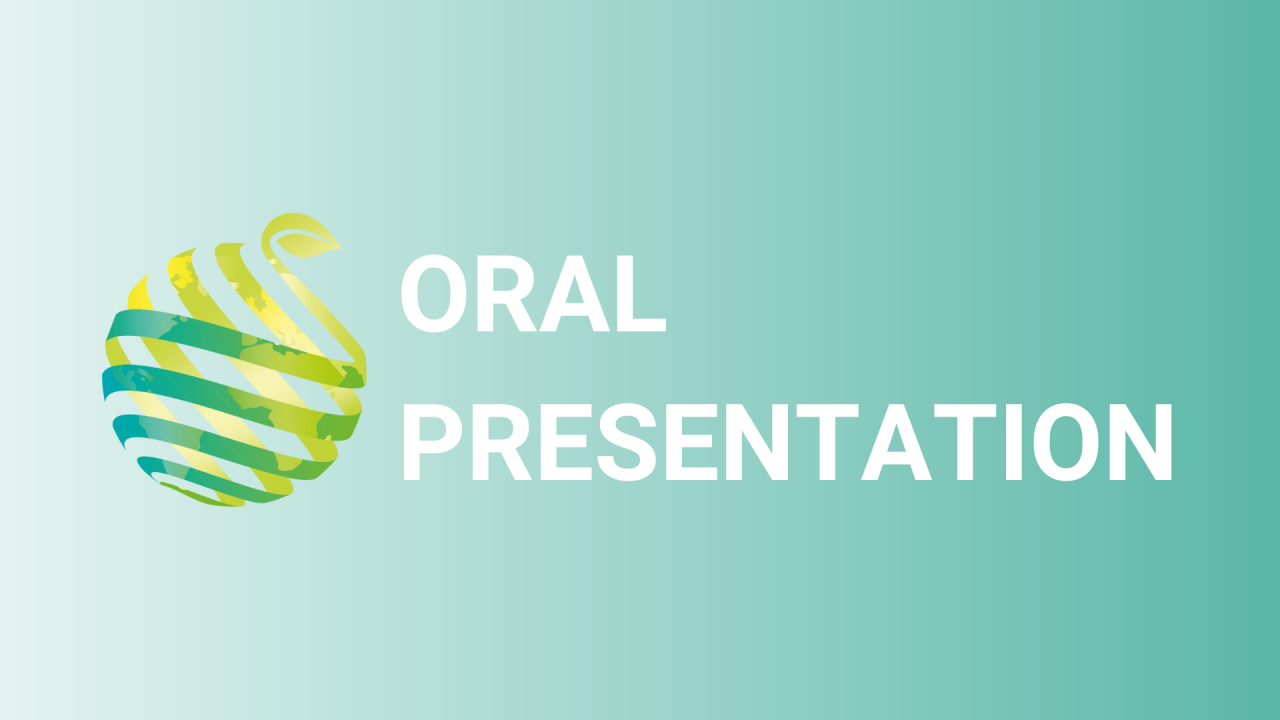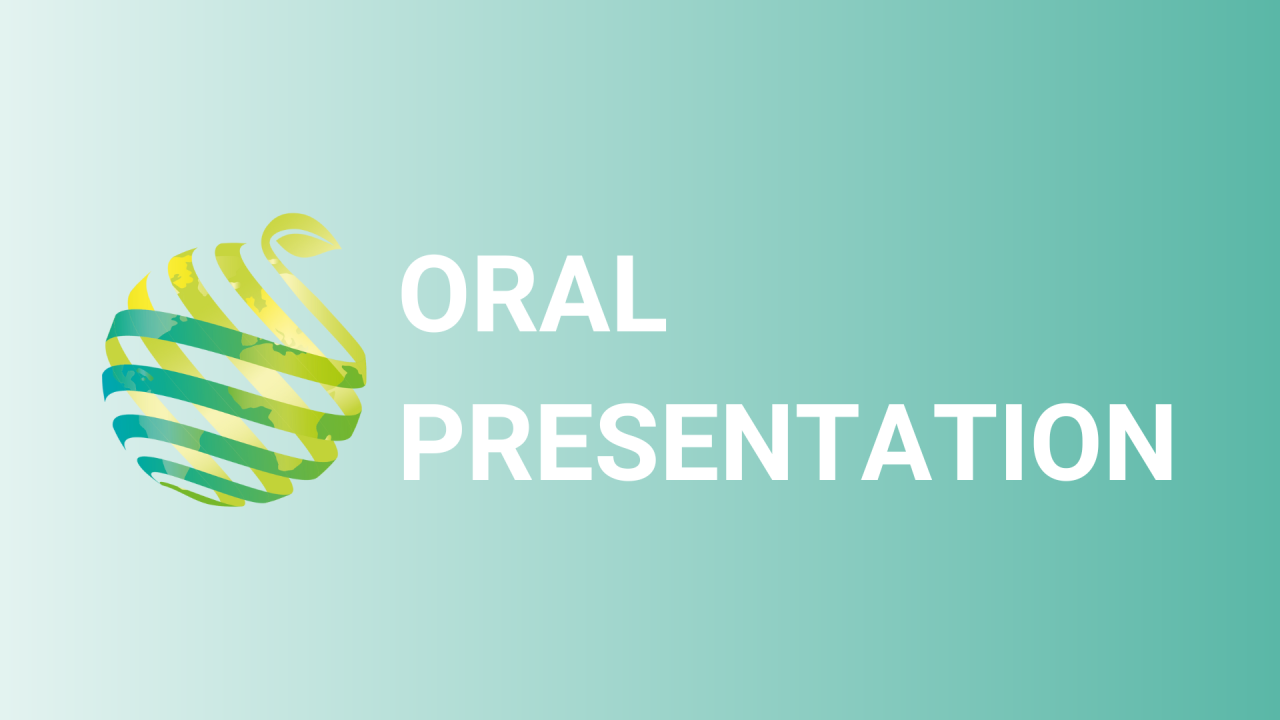

S23 - Session O6 - X-ray imaging of internal browning in apple and pear fruit after accelerated CA storage experiments
Information
Authors: Astrid Tempelaere *, Leen Van Doorselaer, Tim Van De Looverbosch, Michiel Pieters, Jiaqi He, Pieter Verboven, Ann Schenk, Bart Nicolai
To meet year-round demand, apple ( Malus domestica ) and pear ( Pyrus communis ) fruit are stored for several months under a controlled atmosphere (CA). Unfortunately, internal browning (IB) regularly develops due to suboptimal storage. X-ray imaging is explored to detect IB non-destructively for inline sorting applications. To develop reliable detection algorithms, large datasets of fruit with and without disorders at different stages of severity are required. Here, accelerated CA storage experiments were applied. The occurrence of IB in apple and pear was investigated by X-ray imaging and visualization of IB after fruit cutting. These experiments are promising to provide the required datasets for algorithm development. Apples (cv. Braeburn, Jonagold, Kizuri) and pears (cv. Celina, Conference, Fred) from multiple origins were harvested late and stored directly in optimal and suboptimal conditions. The suboptimal conditions consisted of high CO 2 with different levels of O 2 , and a 100% N 2 atmosphere. After some weeks, the fruits were evaluated by radiographs. The microstructure of healthy and brown tissue was inspected by high resolution X-ray CT scans. The results indicate differences in susceptibility to IB between cultivars, but not between origins. Under high CO 2 conditions, Fred pears were more sensitive to IB than Conference. Braeburn was the only cultivar that developed IB under 100% N 2 . Radiographs were useful to detect IB in the intact fruits. However, the disorder cannot be detected if the difference in density between the defect and the healthy fruit flesh is too small, which is related to intracellular fluid transport from the affected to the sound tissues. Therefore, X-ray CT scans were used to analyze porosity and microstructure before and after storage. Unlike IB from long-term storage which is characterized by tissue structure collapse and cavity formation, only cellular breakdown and flooding of the pores seem to occur after some weeks under accelerated conditions.